In a Finnish sauna or Russian bathhouse, the main room is traditionally a steam room. Long-term preservation of heat in the steam room and washing room, which is achieved by additional thermal insulation of the bath, is very important for the adoption of the thermal procedure. This is especially necessary in detached structures, in which it is often quite difficult to store heat and it takes a lot of time and fuel to reach the required temperature. Thermal insulation in the steam room in the bath allows you to solve these problems.
Insulation materials
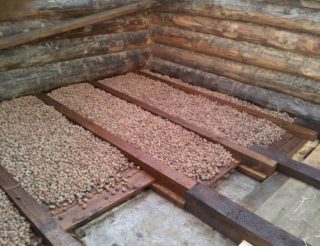
Not so long ago, to keep the heat in the bath, the steam room was insulated exclusively with natural insulation: clay mixed with sawdust, dry moss and tow. Their main disadvantages were fragility, susceptibility to putrefactive processes due to exposure to moisture.
Thermal insulation for a sauna in a steam room must have moisture resistant properties, low thermal conductivity and a long service life. However, not all heaters can be used due to the high temperature in the steam room. Most often, to reduce heat losses in the bath, stone wool made of basalt coated with aluminum foil is used, which does not emit toxic substances when heated. It is a non-flammable material and can withstand temperatures up to +700 degrees. It is successfully used for internal insulation of walls and ceilings. For floor insulation, it is recommended to use expanded clay or penoplex, which have low thermal conductivity, have moisture resistant properties and do not emit substances harmful to health.
What to consider when insulating a bath
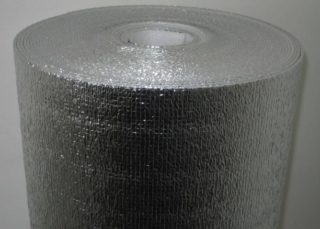
Particular attention should be paid to the waterproofing device to protect walls and insulation from moisture penetration and condensation. The use of roofing material to protect against moisture in the bath is unacceptable, at a high temperature in the room there will be a resin smell. Foil materials should be used as vapor and waterproofing materials:
- kraft paper;
- isokom;
- isolone;
- penofol.
In the manufacture of foil-clad kraft paper, there are no polymers in the composition, which makes it possible to use insulation in a steam room when exposed to steam above +100 degrees. Izokom, Izolon and Penofol are used in the washing room and the rest room, where the temperature is much lower.
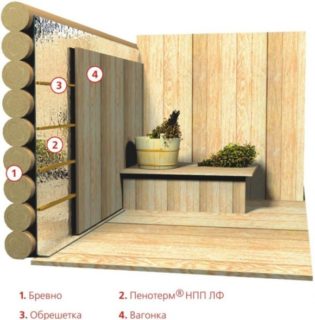
Before you start warming a steam room in a wooden bath, you should inspect and remove foci of fungus and wood decay. It is necessary to treat the walls and elements of the crate with a special non-toxic water-based antiseptic intended for baths and saunas. The steam room in the bath is insulated in the following sequence:
- A plastic film with overlapping joints of at least 10 centimeters is attached to the walls and ceiling and glued with tape for sealing.
- Ceiling and wall lathing is installed with a step corresponding to the width of the insulating material.
- Insulation is laid and attached. If stone wool with foil is used, which is actually waterproofing, it remains only to glue the joints with tape with an aluminum layer. Insulation without foil must be covered with a waterproofing layer.
- The finishing coating of the ceiling and walls is mounted on the crate.
Initially, the ceiling is insulated and closed, and then the inner walls of the bath. In the last place, work is carried out on floor insulation.Thermal insulation technology is quite suitable for baths built from logs, bricks, foamed blocks, aerated concrete and other building materials. The only difference is the method of fastening the batten to the wall.
Bath floor insulation
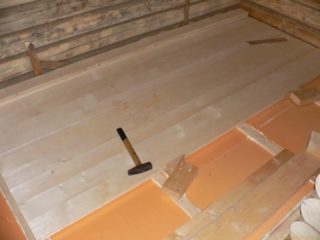
Thermal insulation of the steam room floors in the bath is extremely important. It is recommended to use a moisture-resistant insulation that does not lose its properties when the temperature drops and has a low thermal conductivity. The most suitable insulating materials with similar parameters include:
- foamed glass;
- expanded clay;
- penoplex.
These heaters can be used when installing a wooden sub-floor or on a concrete base. In the steam room, the flooring is made only of wood with a slight slope, which ensures the flow of water into the sewer. In the washing department, along with a wooden floor, the option with ceramic floor tiles is quite common. The installation of thermal insulation is carried out step by step according to the following scheme:
- A waterproofing layer made of polyethylene film is laid on concrete or rough ground. Butt joints are sealed.
- Penoplex sheets are installed or bulk insulation is filled in.
- The second layer of waterproofing is being equipped.
- Floorboards are attached to the logs. On a concrete base, on top of a waterproofing insulation, a screed for floor tiles is poured and leveled.
All wooden flooring elements are treated with an antiseptic before installation. The floorboard joints must be perpendicular to the drain. The slope of the finishing coating for water drainage must be at least 1.5 degrees.
Tips for warming a steam room with your own hands
The walls and ceiling should be leveled and sharp metal objects should be removed, which during installation can damage the waterproofing layer during installation. It is best to use roll-up waterproofing on a self-adhesive base, the more tightly the insulation is pressed against the wall and ceiling, the less heat loss will be. It is advisable to install the waterproofing layer completely, throughout the steam room, starting from the ceiling and ending with the perimeter of the bottom of the walls. At the bottom of the wall, leave a twenty-centimeter allowance necessary for joining the floor waterproofing.
For the construction of the lathing, larch timber is best suited, which has low hygroscopicity and high resistance to decay. The frame lathing made of larch timber does not deform under the influence of temperature differences, changes in air humidity and has high mechanical properties.
Basalt stone wool with a layer of aluminum foil produced by the Rockwool Light Butts company retains 97% of heat, does not absorb moisture, has good compression and tear resistance, and has a long service life. It is unlikely that you can find a better material for insulating a steam room in a bath than stone wool.
For warming the floors in the steam room, it is preferable to use penoplex, which has low thermal conductivity and water-repellent properties. Sheets can be easily cut with a knife, and have butt-ends, which exclude heat losses. For greater efficiency during installation, you can use polyurethane foam for gluing joints. It can be used with equal success for thermal insulation of wooden and concrete floors.

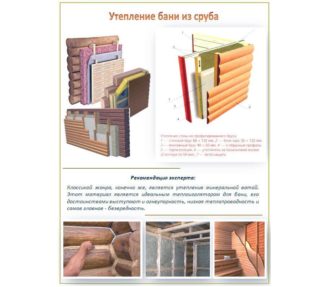
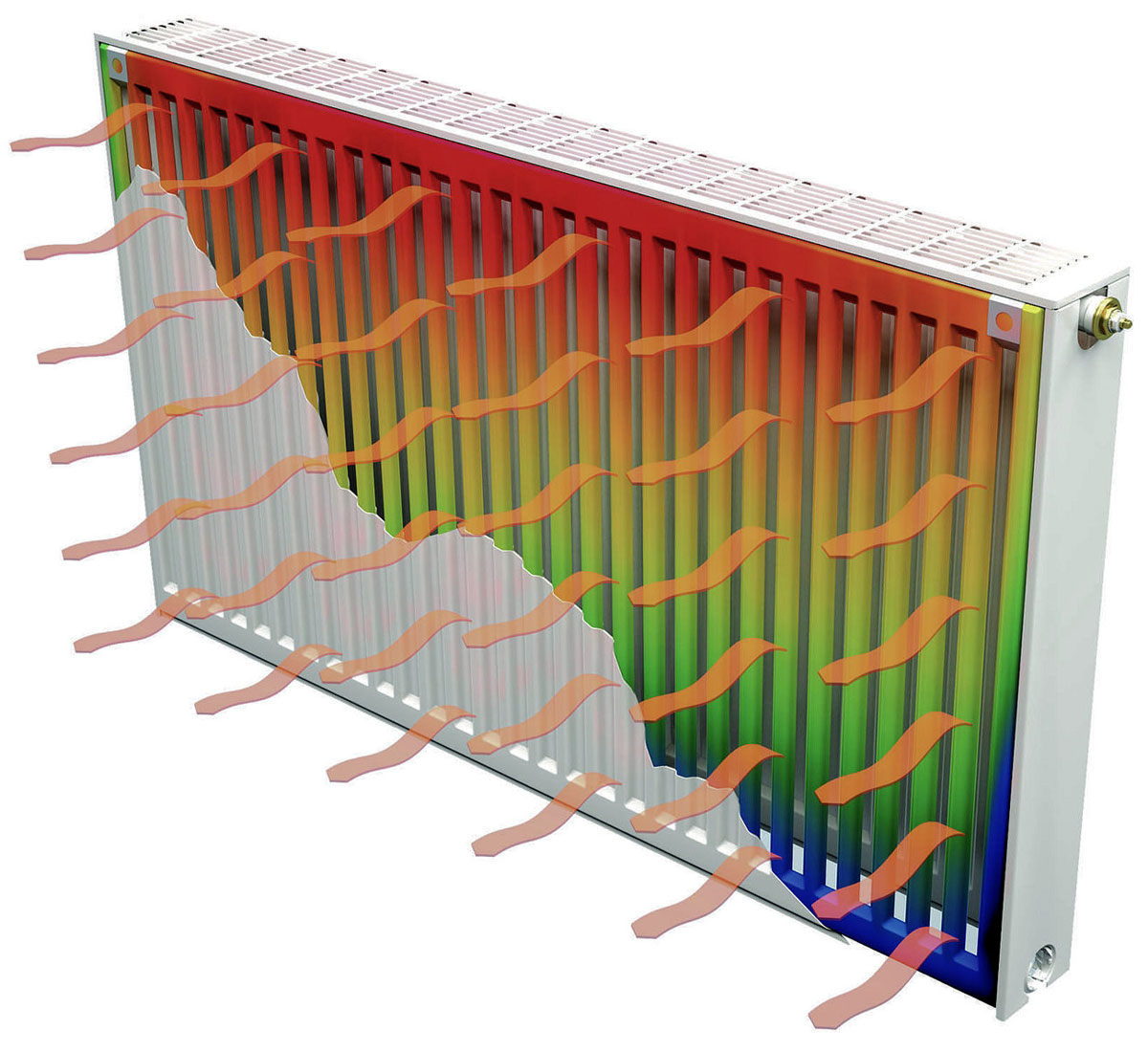
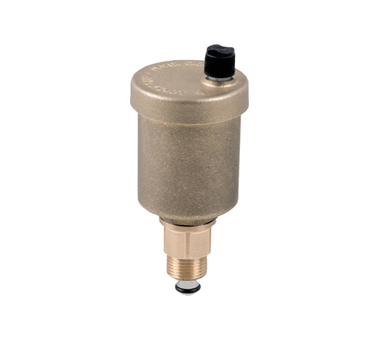
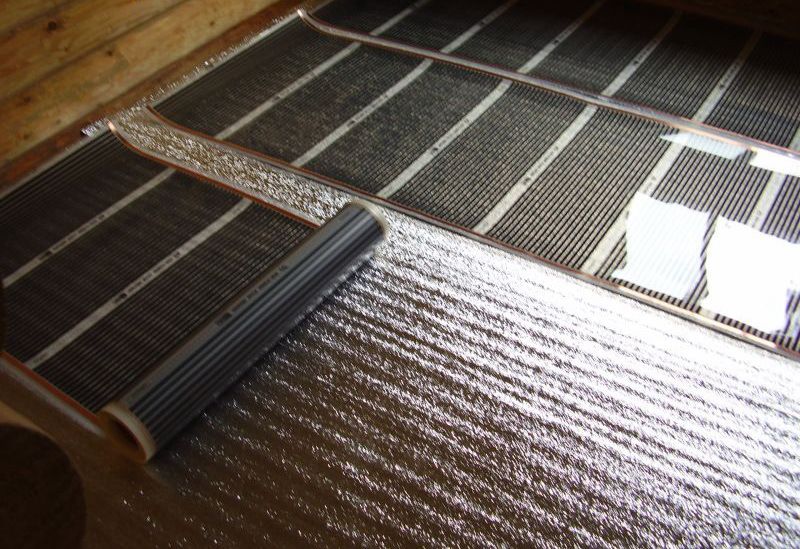


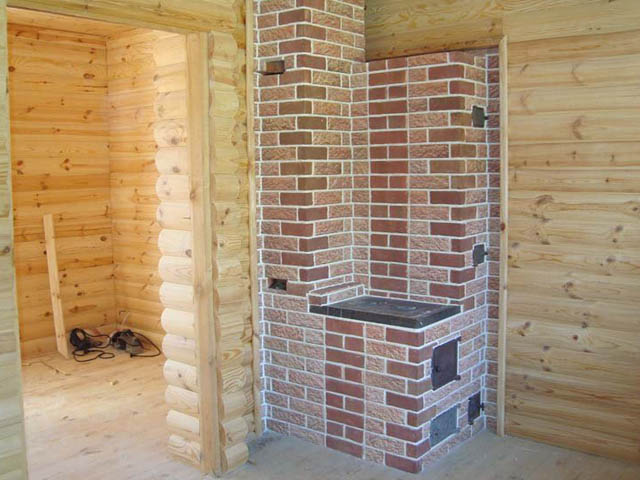

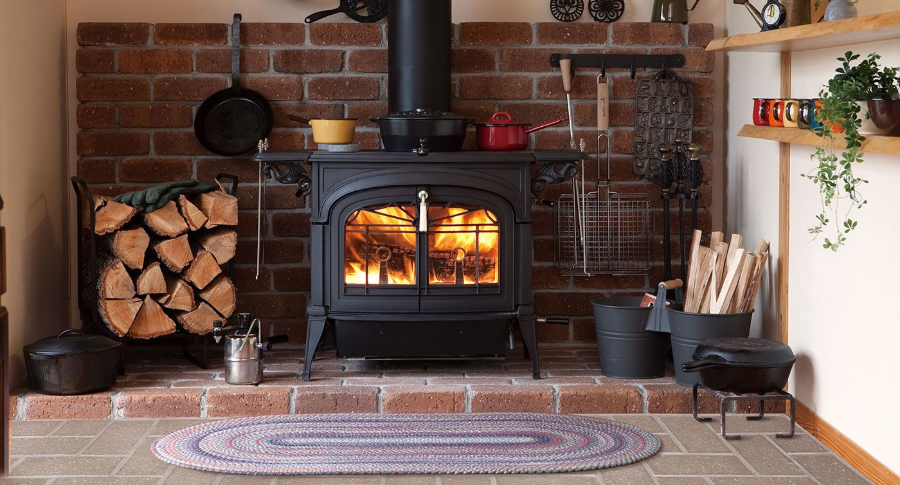
Complete nonsense.They write to buy thermal insulation materials. Basalt wool is produced with the addition of formaldehyde resins (binder, dedusting), therefore, at high temperatures, no matter how you seal them, phenol fumes will be in the steam room. Wooden bath (walls) should be without any insulation. You take a steam bath, you wash - the walls become damp (possibly), but after that the ovens dry out from the heat. All kinds of insulation and cladding only for stone baths.
Valery You are right. Most of the plate heaters on the market are budget options where the fanol binder is released at + 20 * C. Phenol is cancer. Avoid any insulation with a yellowish-greenish tint, it cannot be used indoors, especially with a temperature load. This product, as well as EPS, Styrofoam, etc. only suitable for external use. As for the stone basalt insulation. There are manufacturers of stone roll basalt size Thick x Width x Length: 50/80 / 100mm x 1000mm x 6000mm.
There the stitching is a thread. A fairly acceptable option for ceiling insulation, but for a different price. Stays exclusively on the horizon.
To insulate the bath floor, use a proven and fairly budgetary option.
River sand. Glass bottles and expanded clay.
Budgetary. Environmentally 100% safe in rooms with any temperature regime and any humidity.